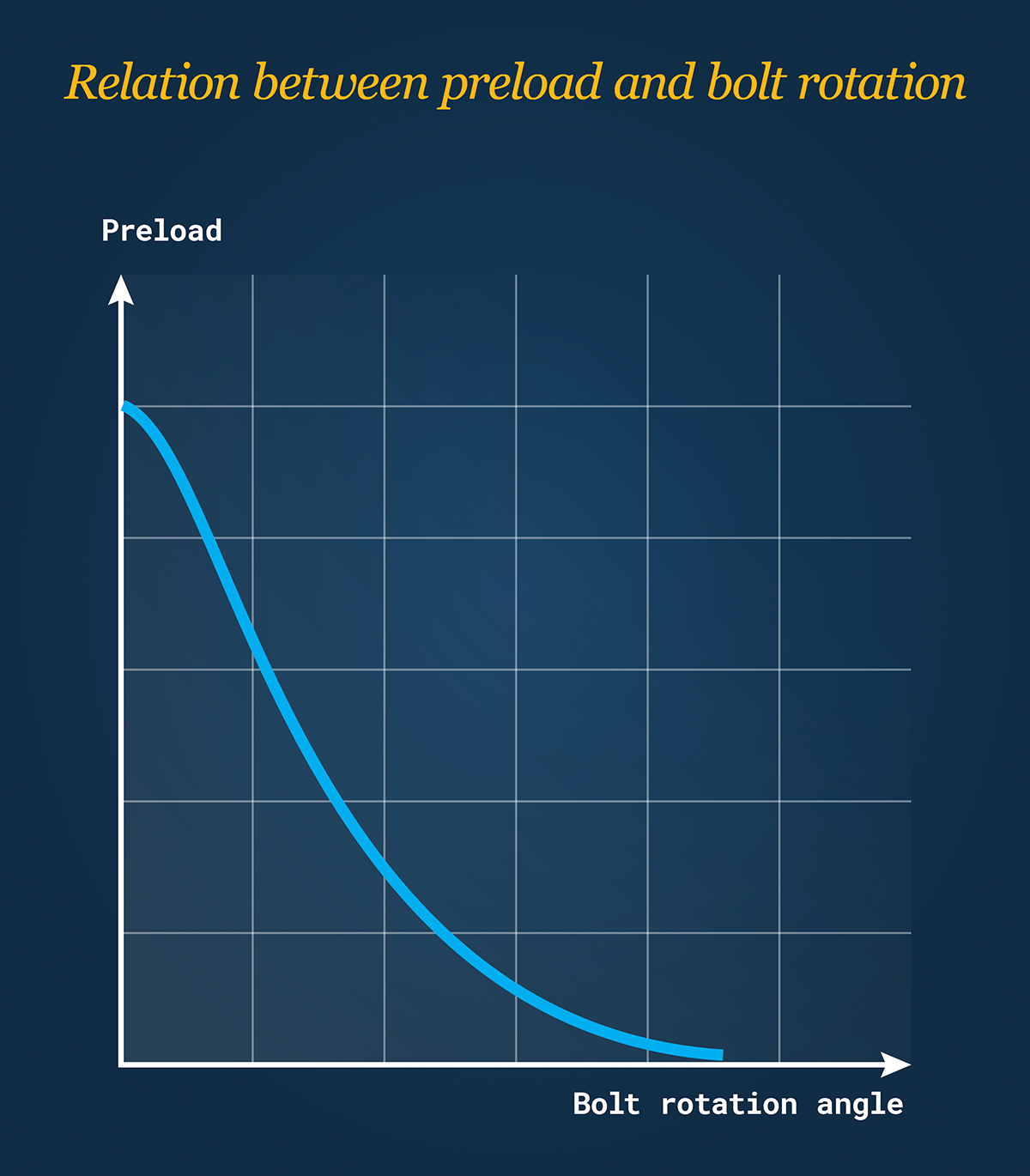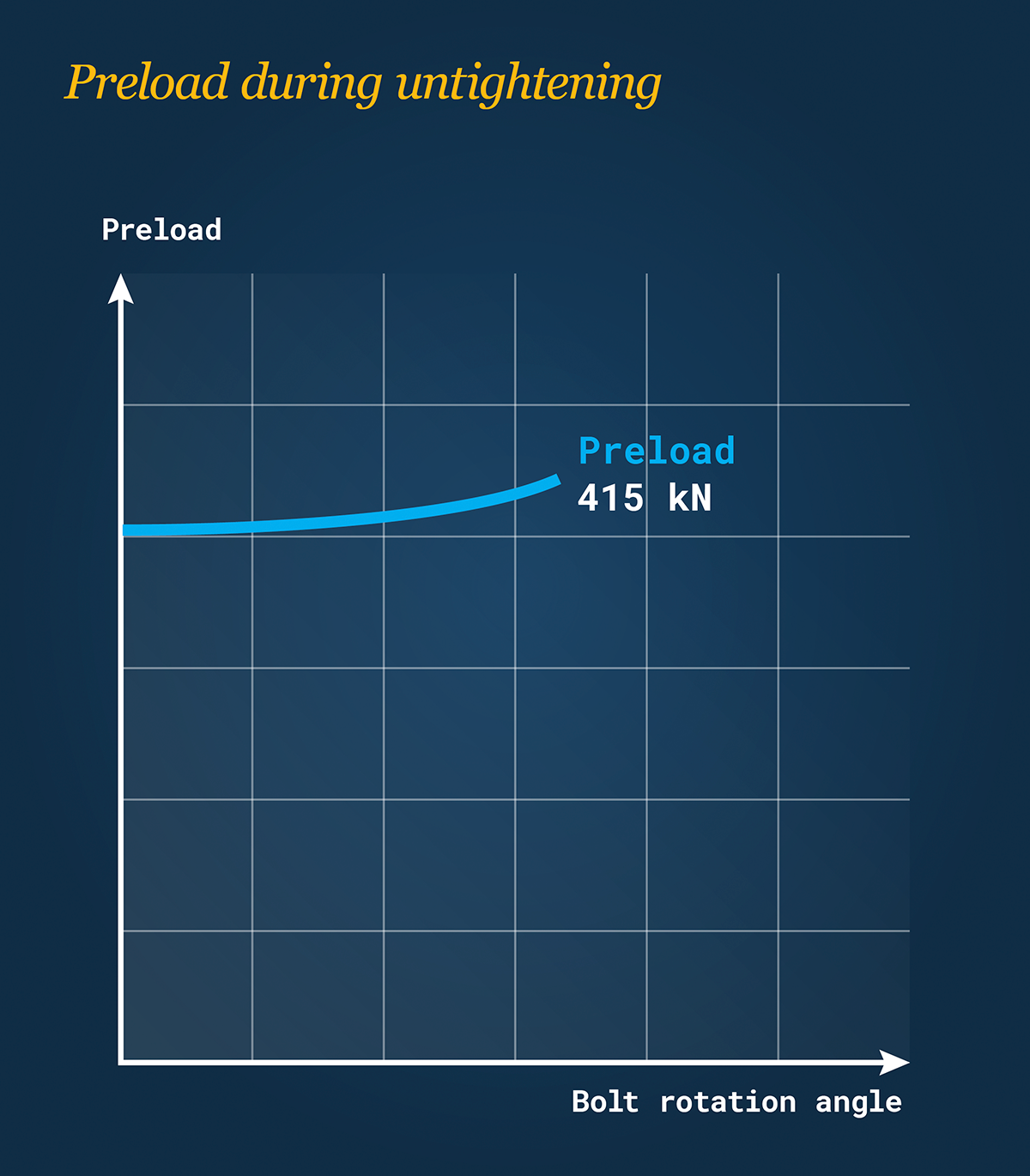

The Experts: What Happens When Bolts Start to Rotate?
Sooner or later bolts tend to move. Maybe tomorrow, maybe in two years, there is general risk of movement during the life cycle of a bolted connection.
Normally, we talk about how to prevent this rotation and loosening, but what if we instead take a look at the details of what happens when rotation starts to occur? What mechanisms are at play, and how are different locking solutions affecting the situation? This might seem like a small thing, but it is actually this detail that makes all the difference.

The problem with an unsecured bolted connection and rotation
Bolted connections are notoriously sensitive to vibrations and dynamic loads, as well as other important factors such as settlements, creep and relaxation, which affects the preload.
When exposed to these external factors, there is a high risk of bolt loosening. For unsecured assemblies it is the friction between the components that prevents rotation. But as soon as the external factors are too severe, rotation will occur.
As soon as the rotation starts, even less force is required to cause further rotation, which will ultimately result in a complete loss of preload and loose bolts.
Preventing bolt loosening
A wide variety of common methods are used to prevent loosening, such as split rings, serrated washers or locking nut. Despite differences in function and performance, their basic principle is the same: these methods use increased friction to make it harder for rotation to occur.
But once rotation has started, we know there is nothing that will prevent additional rotation, and it takes less and less force for additional rotation to occur. Friction locking products basically function in the same way as an unsecured connection, just with a different level of friction.

Alternative to friction locking
Nord-Lock washers use geometry instead of friction to prevent bolt loosening. You could even say that Nord-Lock washers welcome rotation; utilizing it to prohibit preload loss and bolt loosening.
The wedge-locking principle ensures that any rotational movement occurs between the cam faces. This means that as soon as there is the slightest rotation of the bolt, the upper washer will need to move upwards with the cam pitch.
As the cam pitch is greater than the thread pitch of the bolt, it causes the bolt to stretch, thereby increasing the preload in the bolt when rotation occurs. The increase in preload counteracts rotation, and thereby prevents bolt loosening!
For loosening to occur the bolt actually needs to stretch and increase in length. This is what sets the wedge-locking technology apart from other solutions.